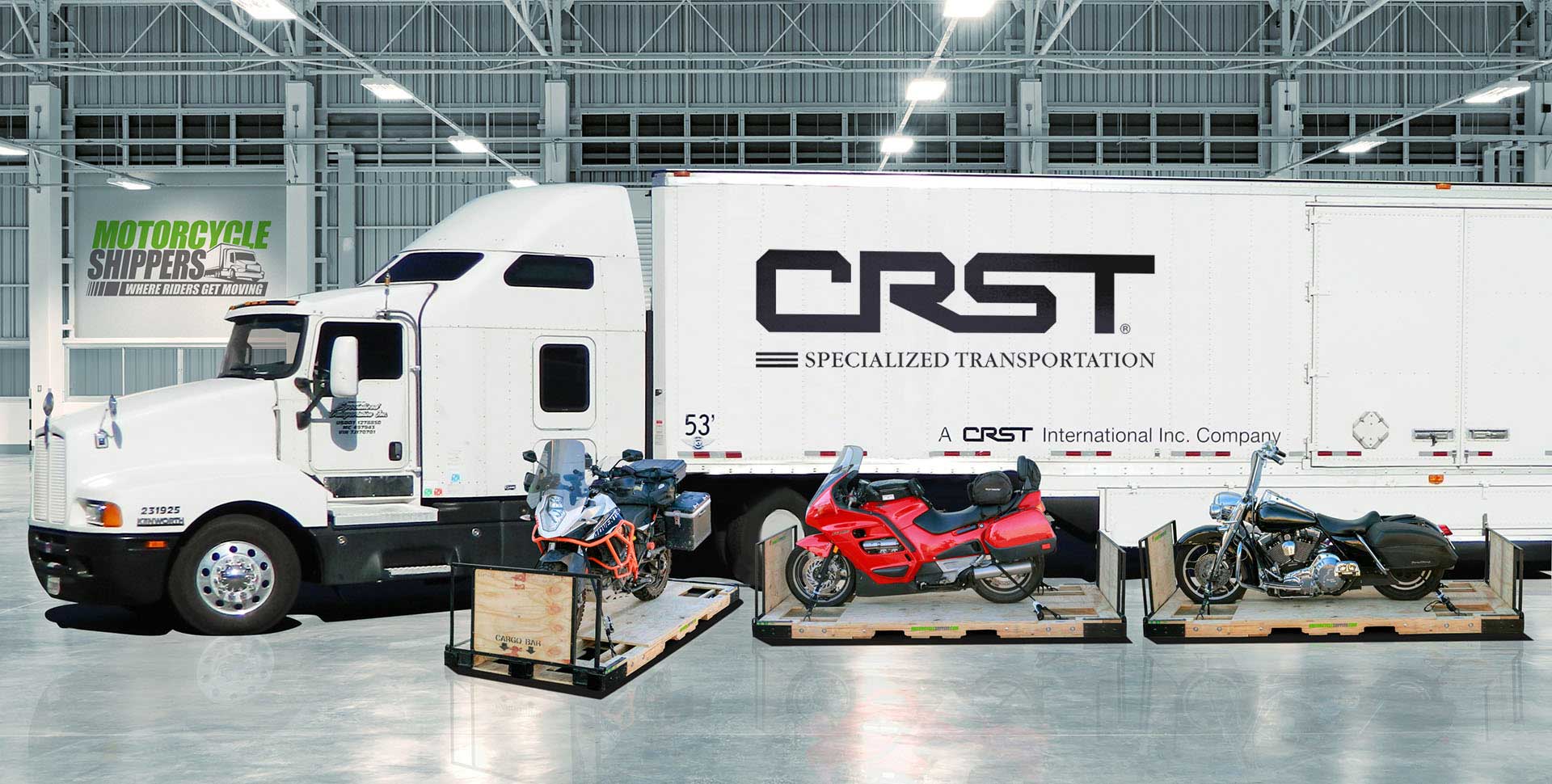If you’re the proud owner of a custom-built chopper, a restored vintage motorcycle, or a limited-edition collector’s bike, chances are your two-wheeled treasure isn’t just a mode of transportation — it’s a work of art. Whether you're relocating, selling, showcasing, or just sending your bike to a rally or event, shipping a custom or vintage motorcycle requires extra care, knowledge, and attention to detail.
Unlike standard motorcycles, custom and vintage bikes often come with unique dimensions, delicate parts, and sentimental or historical value that can’t be replaced. That’s why choosing the right transport method and preparing properly is crucial.
Here’s everything you need to know to safely and smartly transport your custom or vintage motorcycle in 2025.
1. Understand the Unique Needs of Your Bike
Custom and vintage bikes are one-of-a-kind. That means they don’t always fit the mold of standard motorcycle transport: • Custom choppers often feature stretched forks, oversized bars, or modified frames that deviate from factory standards. • Classic motorcycles may contain delicate or original parts that are hard to source or repair. • Unique or rare bikes can pose challenges due to unconventional dimensions, unusual weight, or high appraisal value.
These differences affect not only how the bike is handled but also how it’s secured, crated, and insured. Always let the transport company know exactly what kind of bike you’re shipping and any modifications it has.
2. Choose Enclosed Transport Over Open Carriers
While open transport might be fine for daily-use motorcycles, when it comes to high-value custom or vintage bikes, enclosed transport is the way to go.
Benefits of Enclosed Motorcycle Shipping: • Protection from Weather: Rain, snow, wind, or road debris can damage your bike’s paint or chrome. • Added Security: Enclosed trailers are less exposed to theft or vandalism. • Climate Control Options: Ideal for antique or rare bikes sensitive to extreme temperatures.
Enclosed transport typically costs more than open carriers, but for bikes with exceptional value (both sentimental and financial), it’s well worth the peace of mind.
3. Look for a Transporter with Classic & Custom Experience
Not all vehicle transport companies are created equal. Shipping a custom or vintage bike isn’t the same as shipping a standard commuter motorcycle. You want a carrier that has experience handling collector bikes, custom builds, and classic models.
When vetting a transport service, ask • Have they handled vintage/custom bikes before? • What kind of equipment do they use for specialty bikes? • Are they familiar with show bike shipping or cross-country hauls for collectors? • Can they offer references or reviews from similar customers?
Reputable companies will often highlight their experience with classic or custom motorcycles — and many offer white glove services tailored for high-end bikes.
4. Insure Accordingly – Standard Coverage May Not Be Enough
Even with the best handlers and equipment, accidents can happen. That’s why insurance coverage is a non-negotiable when transporting a valuable bike.
Double-Check: • What is the standard insurance coverage the transporter offers? • Does it cover the full value of your custom or vintage bike? • Are modifications or aftermarket parts included in the valuation? • Can you purchase additional cargo insurance?
In some cases, you may need to provide an appraisal or documentation of the bike’s value to get full coverage. Talk with both the transporter and your personal insurer to ensure your bike is fully protected.
5. Prepare the Bike for Transport Properly
Just like prepping your bike for a ride, you’ll want to get it ready for a safe journey. Here’s a checklist tailored for custom and vintage bikes:
✅ Clean the Bike
This isn’t just for looks — it helps you inspect for existing damage and makes it easier to spot any new issues after transport.
✅ Document Everything
Take detailed photos from every angle, especially close-ups of custom parts, paint, or chrome. This creates a timestamped record in case you need to file a damage claim.
✅ Remove Loose Items
Detach saddlebags, removable accessories, or personal items. These can become hazards or get lost in transit.
✅ Drain Fluids (if required)
Some carriers require fuel to be below a certain level or fluids to be fully drained, especially for crated shipments.
✅ Secure Fragile Parts
If your bike has a custom mirror, extended handlebars, or a rare headlamp, make sure it’s secured or removed for separate packing.
6. Crated vs Uncrated Shipping: Know the Difference
For high-value or especially delicate bikes, crated shipping is often the best choice. • Crated Shipping: The bike is placed on a custom-built pallet and enclosed in a wooden crate, offering maximum protection. • Uncrated/Paletted: The bike is strapped to a pallet or in a wheel chock within an enclosed trailer — secure but more exposed than crated options.
While crated shipping costs more and may take a bit longer to coordinate, it offers the highest level of safety, especially for overseas or long-distance transport.
7. International Shipping? There’s More to Consider
If you're shipping your custom or vintage bike outside the country (say, to a show in Europe or an auction in Asia), there are a few extra steps: • Customs Documentation: You’ll need proof of ownership, possibly a bill of sale, and export paperwork. • Crating is Required: Most international carriers require crated bikes for air or sea freight. • Import/Export Regulations: Different countries have varying rules about emissions, bike modifications, and age restrictions.
Work with a transport company that has experience in international motorcycle shipping and can guide you through the paperwork and customs process.
8. Timing Matters – Plan Ahead
Custom and vintage bikes often require more coordination than standard motorcycle shipping. Crating, insurance, carrier availability, and careful handling can extend timelines.
If you’re transporting your bike for an event, show, or seasonal relocation, book well in advance — at least 2–4 weeks ahead of time. Last-minute bookings for specialty bikes can be difficult and expensive.
9. Receiving the Bike: Post-Transport Checklist
Once your bike arrives, do a careful inspection before signing off: • Compare to your pre-shipping photos • Check for scratches, dings, or misalignments • Test electricals and engine if applicable • File any claims immediately if there are issues
Reputable carriers will walk through this process with you to ensure everything is in order.
Final Thoughts Transporting a custom or vintage motorcycle isn’t just about moving a machine from point A to point B — it’s about safeguarding a piece of your history, a reflection of your passion, or a unique piece of motorcycle art.
By choosing the right transport method, working with experienced carriers, properly preparing your bike, and ensuring you have the right insurance, you can make sure your prized ride arrives safe, sound, and ready to turn heads wherever it goes.



